I started my studies in watchmaking in the horology class at the School of Jewellery at Birmingham City University (BCU) in Birmingham. I was there from 2011-2012.
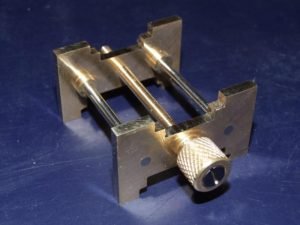
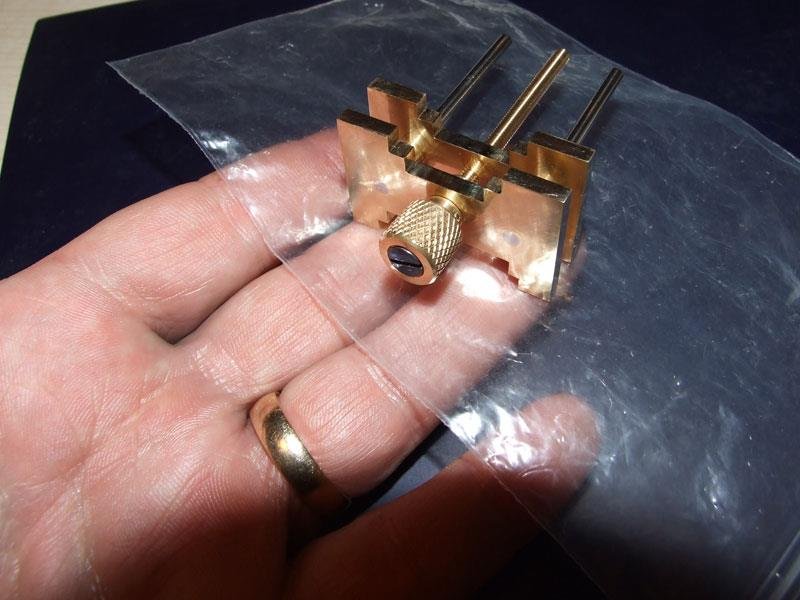
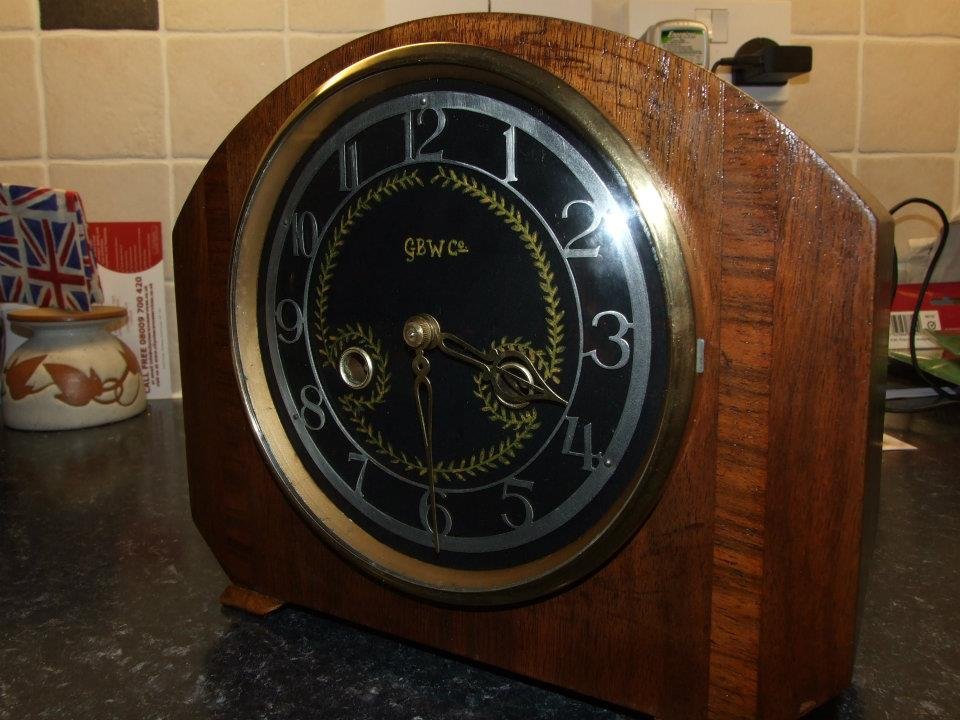
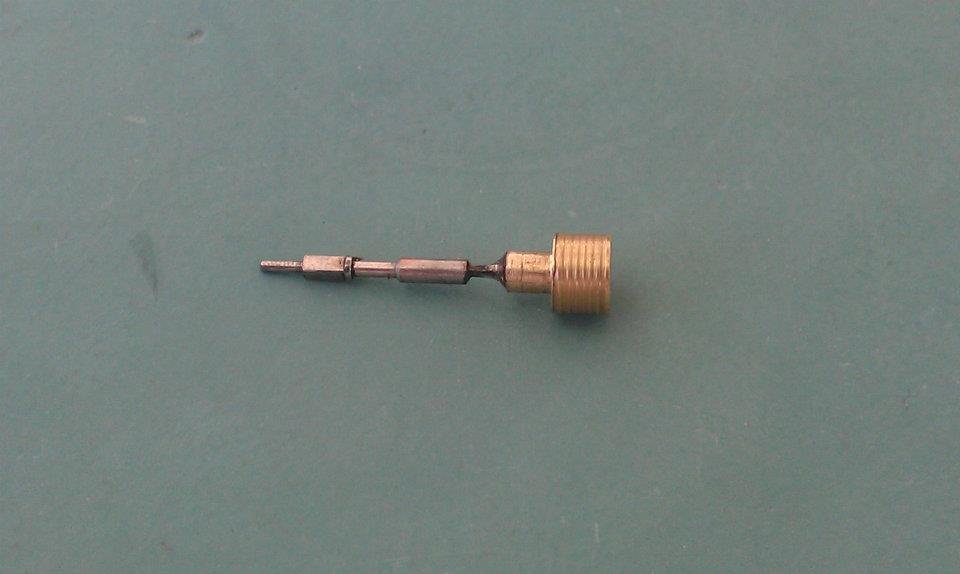

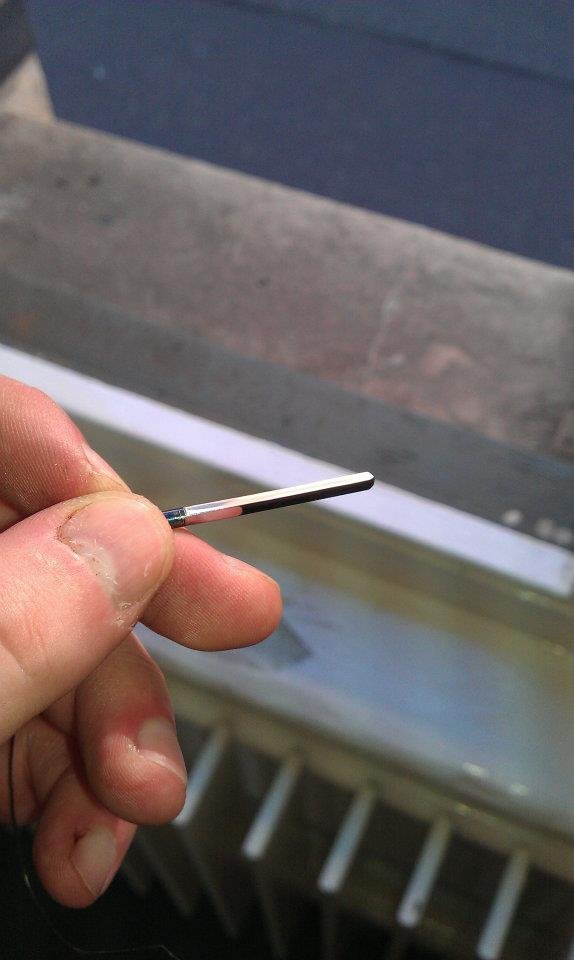
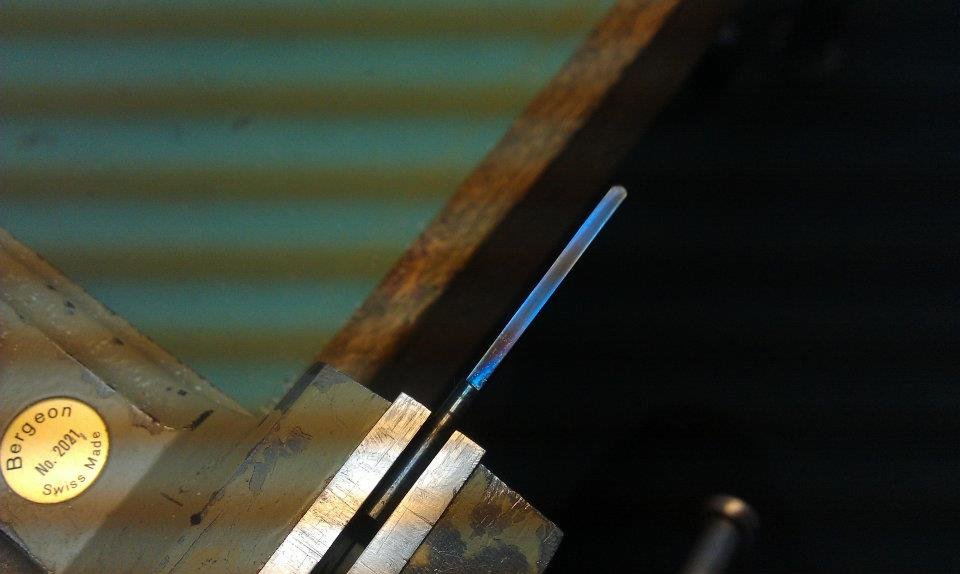
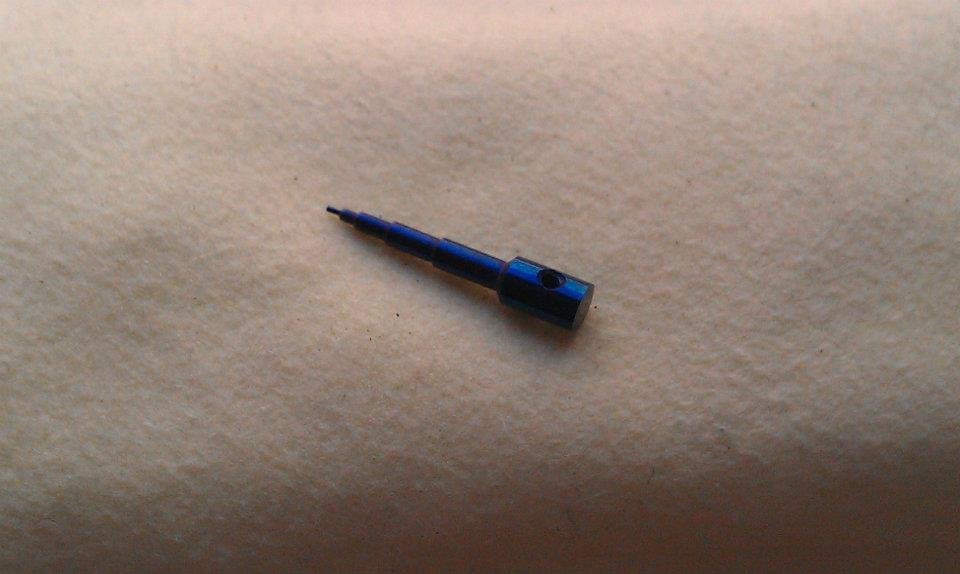
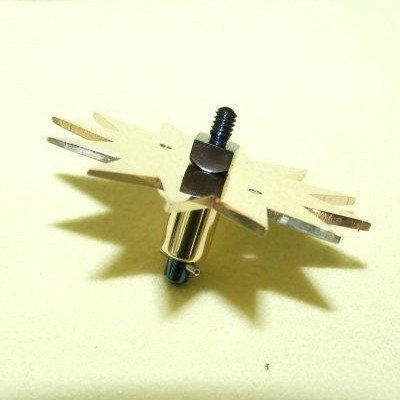
See also: Things I made at the British School of Watchmaking

Great British Watch Company
bespoke hand-crafted watches
made in Great Britain
As seen in:




I started my studies in watchmaking in the horology class at the School of Jewellery at Birmingham City University (BCU) in Birmingham. I was there from 2011-2012.









See also: Things I made at the British School of Watchmaking

Harold Joseph Nixon flew in Spitfire ML295, the Spitfire that The Few watch is being made from, a total of 5 times – with recovered gun camera footage from the aircraft recording his incredible skill as a pilot. His aggressive and professional attitude set the tone for his extensive tour as both a Hurricane and […]

British Watch Brands in 2024 Watchmaking is a British trade. This is evidenced by the fact that every major escapement design, and around three-quarters of the remaining innovations came from the UK. As a result there are now a number of emerging British watch companies and brands looking to revitalise that legacy. Below is a […]